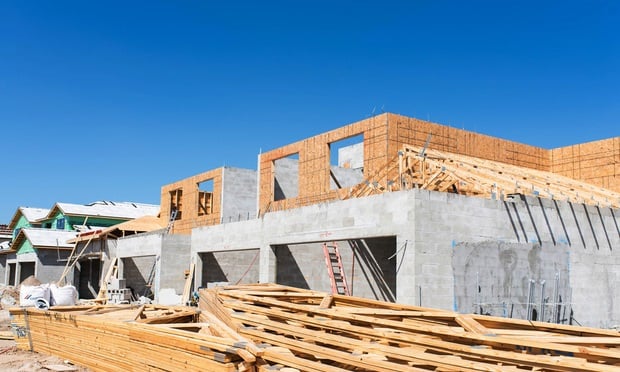SAN FRANCISCO— Energy consumption by commercial properties in San Francisco has declined significantly since 2011 after the implementation of San Francisco's Existing Commercial Buildings Energy Performance Ordinance, according to a new report released this week at the ULI Fall Meeting from the Urban Land Institute Greenprint Center for Building Performance. The report is the result of a collaboration between Greenprint and the San Francisco Department of the Environment.
The report shows a 7.9% reduction in energy use across a cohort of 176 properties consistently tracked since 2010 for $170 million in identified savings. A review of a broader group of 817 buildings found that the implementation of energy reduction measures could save tens of millions of dollars in costs during the lifetime of the projects, adding significantly to the properties' value.
Patrick Phillips, global chief executive officer for the Urban Land Institute, tells GlobeSt.com: “Owners and investors involved in this landmark benchmarking effort by the ULI Greenprint Center are the real winners—they've cut energy costs and are helping the planet at the same time. The building performance information provided by Greenprint is helping drive further innovation in environmentally conscious development practices.”
The San Francisco report bolsters a larger effort being conducted by Greenprint to work with jurisdictions throughout US cities, counties and states seeking to cut building energy use and emissions; and it suggests that significant economic and environmental benefits can be realized through broad adoption measures similar to San Francisco's program. The report points out that the collaborative effort between the city and Greenprint is a good model for other cities to follow, because it shows the positive results achieved through a combination of voluntary private-sector efforts and public-sector regulatory efforts to minimize the environmental impact of the real estate sector.
In San Francisco, just more than half of all greenhouse gas emissions come from energy used in the city's 197,000 residential and commercial buildings. Energy use is also the largest controllable cost in building operations, representing “low-hanging fruit” in reducing resource use and expense. The report points to voluntary market leadership as is demonstrated through Greenprint, incentive programs and major upgrades to building codes as major factors contributing to the energy reduction experienced in San Francisco.
As previously reported this week, Jerry Brown signed an aggressive bill to reduce state energy usage.
Want to continue reading?
Become a Free ALM Digital Reader.
Once you are an ALM Digital Member, you’ll receive:
- Breaking commercial real estate news and analysis, on-site and via our newsletters and custom alerts
- Educational webcasts, white papers, and ebooks from industry thought leaders
- Critical coverage of the property casualty insurance and financial advisory markets on our other ALM sites, PropertyCasualty360 and ThinkAdvisor
Already have an account? Sign In Now
*May exclude premium content© 2025 ALM Global, LLC, All Rights Reserved. Request academic re-use from www.copyright.com. All other uses, submit a request to [email protected]. For more information visit Asset & Logo Licensing.








